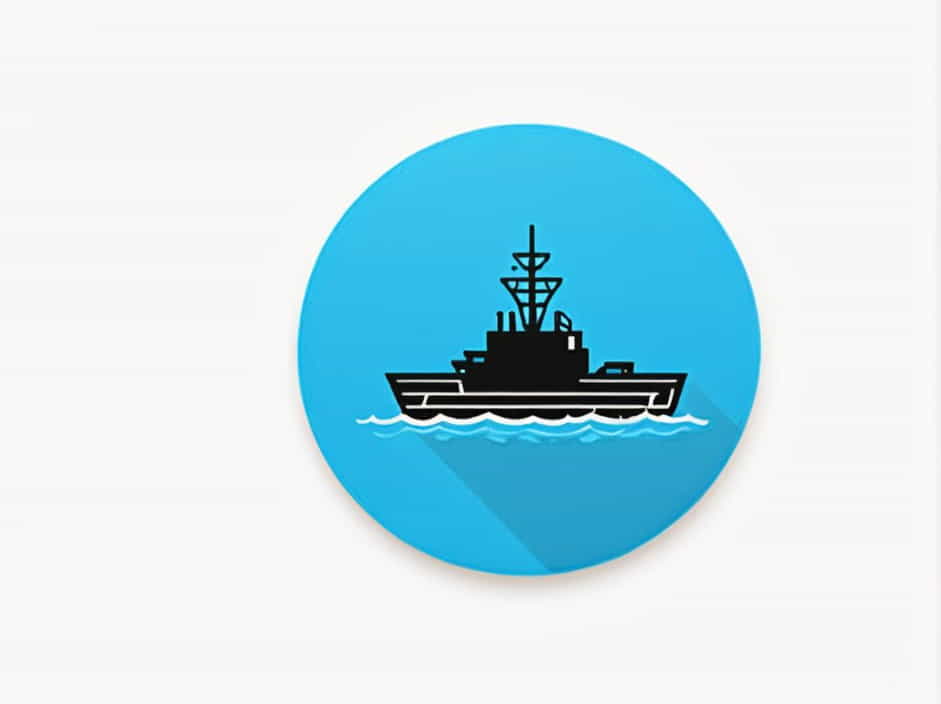The bathyscaphe is a type of deep-sea submersible designed for exploring the ocean depths. Unlike traditional submarines, bathyscaphes are engineered to descend to extreme depths, including the deepest parts of the ocean. But what causes a bathyscaphe to sink to the bottom of the sea?
This topic explores the mechanisms behind bathyscaphe descent, the principles of buoyancy, and the engineering features that allow these remarkable vessels to explore the deep ocean.
Understanding the Bathyscaphe: A Unique Deep-Sea Vessel
A bathyscaphe is a specialized underwater vehicle built for deep-sea exploration. It was first developed in the 1940s by Swiss physicist Auguste Piccard and later used for groundbreaking missions like the Challenger Deep dive in 1960.
Key Features of a Bathyscaphe
- Buoyant Chamber (Float) – Filled with a light liquid, usually gasoline, to provide lift.
- Crew Cabin (Pressure Sphere) – A heavily reinforced steel or titanium sphere to protect occupants from extreme pressures.
- Ballast Tanks – Filled with iron pellets or water to control sinking and rising.
How Does a Bathyscaphe Sink?
The descent of a bathyscaphe is a carefully controlled process based on buoyancy and ballast management. Unlike conventional submarines that use dynamic movement, a bathyscaphe sinks entirely by adjusting its weight and buoyancy.
1. The Role of Ballast Tanks
To initiate sinking, the bathyscaphe takes on additional weight in the form of iron ballast or seawater. This added weight makes the vessel denser than the surrounding water, causing it to descend.
- Iron Pellets: Stored in special hoppers, these are released when ascent is needed.
- Seawater Ballast: In some designs, water is taken into special tanks to increase density.
2. Overcoming Buoyancy
The bathyscaphe’s float chamber is filled with a lighter-than-water liquid, usually gasoline. This fluid provides lift and offsets the weight of the pressure sphere. However, when enough ballast is added, the downward force overcomes buoyancy, allowing the bathyscaphe to sink.
- More Ballast → Higher Density → Sinking
- Less Ballast → Lower Density → Floating
3. Gravity and Water Pressure
As the bathyscaphe descends, gravity pulls it downward, and water pressure increases. At extreme depths, the surrounding water exerts tons of pressure per square inch, but the thick, reinforced hull of the pressure sphere protects the crew inside.
Factors That Influence a Bathyscaphe’s Descent
Several factors determine how smoothly a bathyscaphe sinks:
1. The Amount of Ballast Released
If too much ballast is retained, the bathyscaphe will descend too quickly, increasing risks. If too little is taken on, descent may be slow or incomplete.
2. Water Density and Salinity
Seawater density varies based on temperature, salinity, and depth. Higher salinity means greater buoyancy, requiring additional ballast for descent.
3. Ocean Currents and External Forces
Strong underwater currents can affect the bathyscaphe’s movement, altering its descent path. Engineers compensate for this by designing the vessel to be as hydrodynamic as possible.
4. Structural Weight of the Vessel
The total weight of the pressure sphere, float chamber, and equipment must be carefully calculated. Too much weight may cause the bathyscaphe to descend uncontrollably.
Historic Bathyscaphe Missions and Their Descents
1. Trieste’s Descent to Challenger Deep (1960)
The Bathyscaphe Trieste, designed by Auguste Piccard and his son Jacques Piccard, made history by reaching the Mariana Trench’s Challenger Deep (10,994 meters/36,070 feet).
- The crew released iron pellets to sink gradually.
- Gasoline in the float chamber provided buoyancy control.
- The descent took approximately 4 hours and 47 minutes.
2. Deepsea Challenger’s Dive (2012)
Explorer James Cameron piloted the Deepsea Challenger to Challenger Deep using similar principles. This advanced submersible relied on syntactic foam for buoyancy and steel weights for ballast.
Challenges Faced During Descent
1. Extreme Water Pressure
At the ocean’s greatest depths, pressure can exceed 1,000 times that of the surface. A bathyscaphe’s hull must withstand these forces without compromising safety.
2. Maintaining Controlled Descent
If the ballast system fails, the bathyscaphe may descend too fast, increasing structural stress. Engineers include redundant safety systems to prevent this.
3. Navigational Difficulties
Deep-sea environments are dark and unpredictable. Pilots rely on sonar and depth gauges to monitor descent and avoid underwater obstacles.
How a Bathyscaphe Returns to the Surface
Once exploration is complete, the bathyscaphe needs to ascend. This is achieved by releasing ballast and relying on buoyant forces.
1. Releasing Iron Ballast
Most bathyscaphes are equipped with magnetically controlled ballast-release systems. By dropping iron pellets, the vessel becomes lighter and starts to float upward.
2. Utilizing Buoyant Fluids
Since gasoline or syntactic foam remains in the float chamber, it helps push the bathyscaphe back up when ballast is released.
3. Emergency Ascent Systems
If ballast-release mechanisms fail, backup air chambers or explosive charges can forcibly eject ballast.
Modern Bathyscaphes and Future Exploration
Today, advanced deep-sea submersibles have replaced traditional bathyscaphes, but they still follow the same fundamental principles of buoyancy and controlled sinking.
1. New Materials for Greater Depths
- Titanium-alloy pressure spheres withstand extreme pressures.
- Advanced syntactic foams provide better buoyancy than gasoline.
2. Improved Navigation and Safety
- AI-controlled descent systems optimize ballast release.
- High-resolution sonar helps avoid deep-sea hazards.
3. Future Missions
- Exploring deep-sea trenches and hydrothermal vents.
- Studying ocean biodiversity and climate change effects.
- Searching for new species and underwater resources.
The bathyscaphe sinks to the bottom of the sea through a precise balance of buoyancy and ballast control. By adding weight in the form of iron pellets or seawater, it overcomes buoyant forces and descends under gravity.
This process allows scientists and explorers to study the deepest parts of the ocean, uncovering secrets about marine life, underwater geology, and even the origins of Earth’s climate systems.
With modern technology advancing deep-sea exploration, future submersibles will continue to push the boundaries of human knowledge and ocean discovery.
